This review of Clive Bell and the Making of Modernism: A Biography by Mark Hussey (Bloomsbury Publishing) was published in the June 2021 issue of Apollo. Preview and subscribe here.
Who was Clive Bell? In the early decades of the 20th century, this was a question hotly debated in the drawing rooms, artist studios and college bedrooms of Cambridge, London and Paris. Thoby Stephen, who encountered Bell at Trinity College, told his sister Virginia that Bell was ‘a sort of mixture between Shelley and a sporting country squire’. Lytton Strachey, who never warmed to him, found himself unable to disentangle Bell’s various facets: ‘the country gentleman layer […] the Paris decadent layer […] the eighteenth-century layer […] the layer of stupidity’. Virginia Woolf, exasperated at her brother-in-law’s never-ending stream of affairs, wrote scornfully in her diary that Clive mistakenly considered himself a ‘Don Juan of Bloomsbury’. To his son Julian, he was an embarrassment: ‘insane about females’ and barely present in his children’s lives. But to his biographer, Mark Hussey, Bell ‘was “the right man in the right place” at a momentous time in the history of art’, who ‘played an important part in influencing a profound transformation of aesthetic sensibility in England’.
In most accounts of the Bloomsbury group, Hussey argues, Bell is ‘a sort of stock character’, rarely taken seriously as a personality or an intellect. The group is so collectively well chronicled that anyone writing about Bloomsbury must adopt, to some degree, a myth-busting approach, ‘clearing away the accumulated layers of received opinion’ to allow their subject to be seen in the round. Hussey sets out to rehabilitate Bell: not to elide the unattractive aspects of his behaviour which led to his chequered reputation, but to challenge the dismissive attitude, taken by Bloomsbury scholars and sceptics alike, towards his work, primarily as an art critic. Bell’s immensely influential book Art (1914) set out to offer ‘a complete theory of visual art’ based on his idea of ‘significant form’: rather than beauty being the proper objective of any work of art, Bell argued that the essential quality of an artwork was its power to evoke an aesthetic reaction, particular to the individual viewer, based on an intangible arrangement of elements that stir emotions in those who look at it. Though Bell was not a trained scholar, his appeal to subjective experience, rather than art-historical scholarship, struck a chord with readers. To British audiences still reeling from the Post-Impressionist Exhibitions of 1910 and 1912, curated by Roger Fry with Bell’s collaboration, Art provided an accessible and invigorating approach to thinking about the works – by Gauguin, Van Gogh, Picasso, Matisse – which had baffled and shocked large swathes of the public on first showing. So assertive was Bell’s account, Hussey writes, that his and Fry’s arguments ‘would become dominant in popular discourses about modern art for several years’.
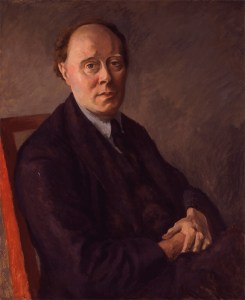
Clive Bell (c. 1924), Roger Fry. National Portrait Gallery, London
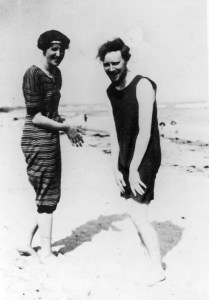
Virginia Woolf and Clive Bell on the beach at Studland in 1910. Photo: Mondadori via Getty Images
A few years earlier, it would have been inconceivable that Bell was set to achieve renown and readership for his views on modern art. Born in Berkshire in 1881, he first travelled to Paris in 1903 and placed his ‘conversion to modern art’ in that city, on another trip ostensibly for the purpose of historical research for a university fellowship, the following year. Bell fell in love with Paris just as its revolution in art was igniting, but he seems to have remained largely oblivious to the experiments launching in Montmartre: he didn’t attend Matisse’s debut solo show at the Galerie Vollard in 1904, and though he walked down the rue de Fleurus on his way to visit Arnold Bennett, he wouldn’t have noticed if he’d brushed shoulders with Gertrude or Leo Stein. He came to know all these figures later, and in the 1920s was an established personality in Paris, regularly invited to tour painters’ studios and gallerists’ private collections, before heady nights propping up the bar at Les Deux Magots in the company of Derain, Picasso, Cocteau, Gide, and attendant circles of French artists and musicians. But it was a chance encounter, in January 1910, with Fry at a Cambridge train station that launched their curatorial partnership, ‘decisively changing the direction of his life and providing the origin story of England’s encounter with post-Impressionism’.
Bell believed that ‘a society’s response to art eloquently indicated its overall liberty’, and during the First World War he worked tirelessly on behalf of conscientious objectors; his pamphlet Peace at Once (1915) was confiscated, somewhat to his amusement, by the authorities on account of sedition. He remained a committed pacifist into the Second World War, long after most of his friends: his insistence on personal freedom stayed his watchword until his death. That belief in freedom extended to his colourful love life: Bell’s rejection of monogamy became a pattern so ingrained that he seems to have issued new lovers with a required reading list. The emotional texture of his marriage to the artist Vanessa Bell – whose major love was the painter Duncan Grant – remains somewhat elusive: though neither wanted a conventional marriage, Bell often comes across as extraordinarily callous, expecting Vanessa to maintain households in London and Sussex with a revolving cast of disgruntled lodgers (from John Maynard Keynes to Katherine Mansfield to Clive’s long-term lover Mary Hutchinson) while he gallivanted to Paris. His fraught flirtation with his sister-in-law Virginia, in the early years of his marriage, caused deep hurt to both sisters, though as one of the first readers of her fiction, he played a significant role in Woolf’s developing self-confidence.

Clive Bell’s study at Charleston in Firle, East Sussex. Photo: Penelope Fewster; © Charleston Trust
After Vanessa’s death in 1961, Bell – who had publicly assumed the parentage of Angelica, his wife’s daughter with Grant – remained with Grant at Charleston Farmhouse. By this point Bell was something of a Bloomsbury relic: unconvinced by the merits of the new vanguard of Abstract Expressionism, he was aware that his tastes were now ‘old-fashioned’, where once he had been ‘a relentless proselytizer of the new’. His criticism has aged less convincingly, perhaps, than that of his near contemporaries Kenneth Clark or Herbert Read, but it’s hard to overstate Art’s effects on popular tastes, which laid the groundwork for a revolution in aesthetics. Bell lived and died as a ‘highly civilised loafer’ (as he described his occupation in Who’s Who): with this entertaining and nuanced biography, Hussey has filled in a valuable piece of the Bloomsbury jigsaw, providing rich new insight into a major player in the story of 20th-century art.
From the June 2021 issue of Apollo. Preview and subscribe here.
Unlimited access from just $16 every 3 months
Subscribe to get unlimited and exclusive access to the top art stories, interviews and exhibition reviews.


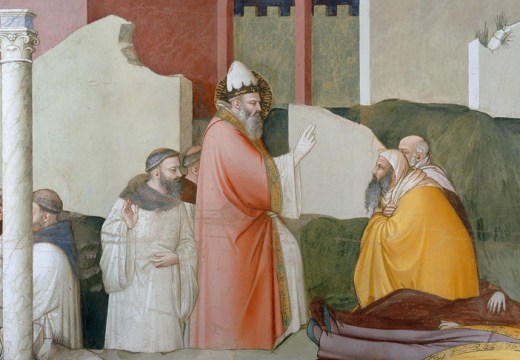
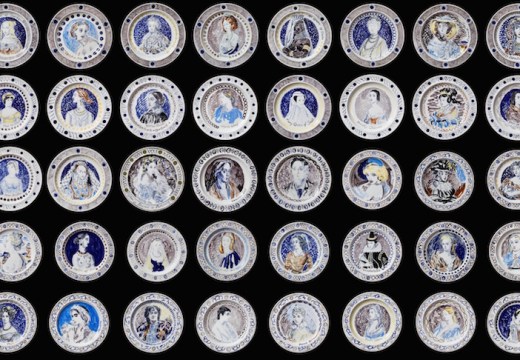
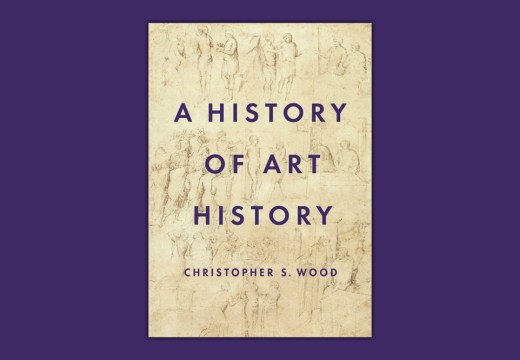









![Masterpiece [Re]discovery 2022. Photo: Ben Fisher Photography, courtesy of Masterpiece London](http://www.apollo-magazine.com/wp-content/uploads/2022/07/MPL2022_4263.jpg)
Why are fathers so absent from art history?